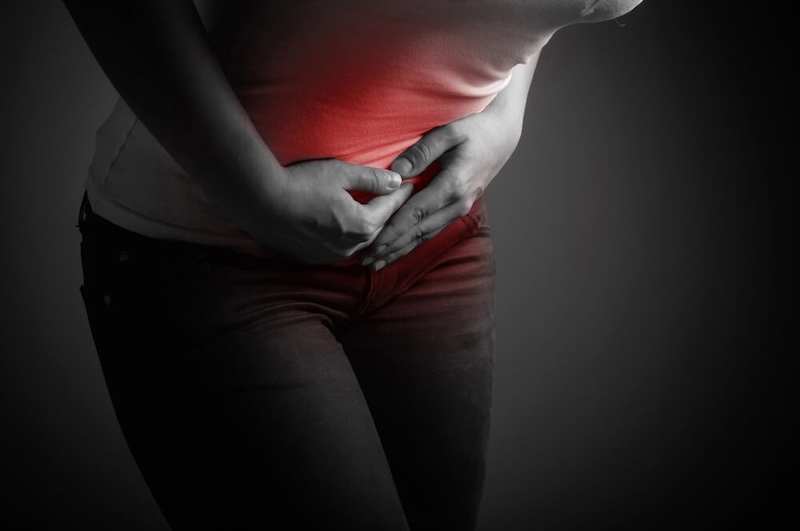Endometriosis and Its Impact on Fertility
Endometriosis, a medical condition that affects approximately 10% of women worldwide, is a significant cause of infertility and can have a profound impact on a woman’s quality of life. (Source: WHO) This article wants to shed light on endometriosis and its effects on fertility.
Understanding Endometriosis
Endometriosis is where the tissue that lines the uterus, known as the endometrium, grows outside the uterus. This abnormal growth can occur on the ovaries, fallopian tubes, and the tissue lining the pelvis. In rare cases, endometrial tissue may spread beyond the pelvic region. The exact cause of endometriosis is unknown, but several theories exist, including retrograde menstruation, immune system dysfunction, and hormonal imbalances.
Symptoms of Endometriosis
The symptoms of endometriosis can vary greatly from one woman to another. Some women may experience severe pain, while others may have no symptoms at all. Common symptoms include painful periods, pain during intercourse, heavy menstrual bleeding, and infertility. (Source: WebMD) It’s important to note that the severity of symptoms does not necessarily relate to the disease's extent. Some women with mild endometriosis may experience severe pain, while others with extensive disease may have no symptoms.

Endometriosis and Fertility
Endometriosis can affect fertility in several ways. Firstly, it can cause inflammation and scarring in the pelvic region, which can distort a woman’s anatomy and obstruct the fallopian tubes, preventing the egg and sperm from meeting. Secondly, endometriosis can affect the quality of the egg or the embryo, reducing the chances of a successful pregnancy. Lastly, endometriosis may alter the hormonal environment, impacting ovulation, fertilization, and implantation.
Diagnosis of Endometriosis
Diagnosing endometriosis can be challenging as its symptoms vary and can mimic other conditions. The most definitive way to diagnose endometriosis is through a laparoscopy, a surgical procedure that allows a doctor to view the pelvic organs. Different diagnostic methods include ultrasound, MRI, and physical examination. However, these methods can only suggest the presence of endometriosis and cannot provide a definitive diagnosis.
Treatment Options for Endometriosis
Treatment for endometriosis depends on the extent of the disease and the woman’s symptoms and fertility goals. Pain medication, hormonal therapies, and surgery are common treatment options. (Source: NICHD) For women with endometriosis who are trying to conceive, fertility treatments such as in vitro fertilization (IVF) may be recommended. It’s important to note that while these treatments can help manage the symptoms of endometriosis and improve fertility, they do not cure the disease.
Living with Endometriosis
Living with endometriosis can be challenging, both physically and emotionally. Women need to seek support and care. Joining a support group, seeking counseling, and maintaining a healthy lifestyle can help manage the symptoms and the emotional toll of the disease.
Endometriosis is a complex condition with a significant impact on a woman’s fertility and overall quality of life. However, with appropriate diagnosis and treatment, many women with endometriosis can successfully conceive and have a healthy pregnancy. It’s crucial for women to have open discussions with their healthcare providers about their symptoms, fertility goals, and treatment options.
Source:
WHO - Endometriosis (who.int)
WebMD - Endometriosis Symptoms: Pain, Infertility, Unusual Bleeding, and More (webmd.com)
NICHD - What are the treatments for endometriosis? | NICHD - Eunice Kennedy Shriver National Institute of Child Health and Human Development (nih.gov)






